Jeremy Ramsden - Nanotechnology: An Introduction
Here you can read online Jeremy Ramsden - Nanotechnology: An Introduction full text of the book (entire story) in english for free. Download pdf and epub, get meaning, cover and reviews about this ebook. year: 2011, publisher: William Andrew, genre: Romance novel. Description of the work, (preface) as well as reviews are available. Best literature library LitArk.com created for fans of good reading and offers a wide selection of genres:
Romance novel
Science fiction
Adventure
Detective
Science
History
Home and family
Prose
Art
Politics
Computer
Non-fiction
Religion
Business
Children
Humor
Choose a favorite category and find really read worthwhile books. Enjoy immersion in the world of imagination, feel the emotions of the characters or learn something new for yourself, make an fascinating discovery.
- Book:Nanotechnology: An Introduction
- Author:
- Publisher:William Andrew
- Genre:
- Year:2011
- Rating:5 / 5
- Favourites:Add to favourites
- Your mark:
Nanotechnology: An Introduction: summary, description and annotation
We offer to read an annotation, description, summary or preface (depends on what the author of the book "Nanotechnology: An Introduction" wrote himself). If you haven't found the necessary information about the book — write in the comments, we will try to find it.
This book provides an overview of the rapidly growing and developing field of nanotechnology, focusing on key essentials and structured around a robust anatomy of the subject. The newcomer to nanotechnology, who may well have a strong background in one of the traditional disciplines such as physics, mechanical or electrical engineering, chemistry or biology or who may have been working in microelectromechanical systems (MEMS) technology, is confronted with a bewildering range of information. This book brings together the principles, theory and practice of nanotechnology, giving a broad yet authoritative introduction to the possibilities and limitations of this exciting field.
- Succinct chapter summaries allow readers to grasp quickly the concepts discussed and gain an overview of the field
- Discusses design and manufacture and applications and their impact in a wide range of nanotechnology areas
- An ideal introduction for businesses and potential investors in nanotechnology
Jeremy Ramsden: author's other books
Who wrote Nanotechnology: An Introduction? Find out the surname, the name of the author of the book and a list of all author's works by series.

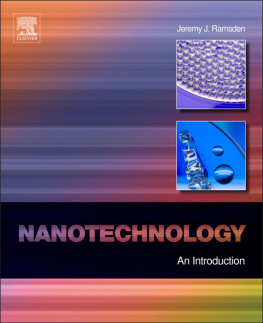


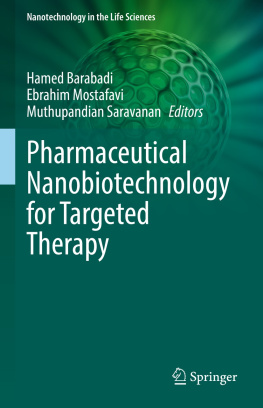
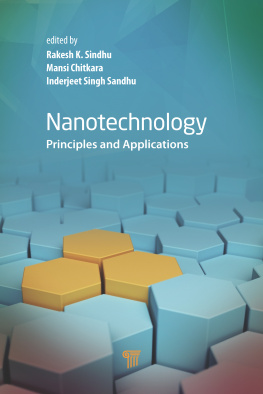
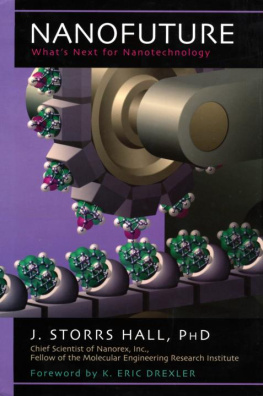
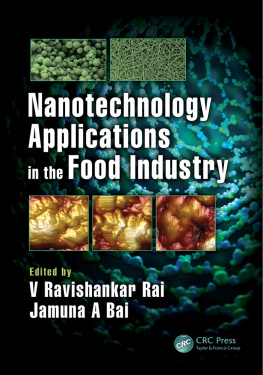


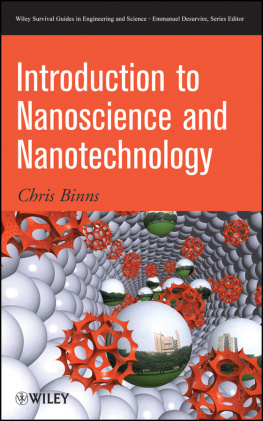
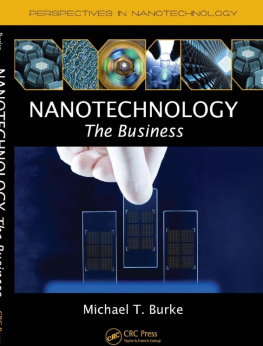
 AMSTERDAM BOSTON HEIDELBERG LONDON NEW YORK OXFORD PARIS SAN DIEGO SAN FRANCISCO SINGAPORE SYDNEY TOKYO
AMSTERDAM BOSTON HEIDELBERG LONDON NEW YORK OXFORD PARIS SAN DIEGO SAN FRANCISCO SINGAPORE SYDNEY TOKYO 
